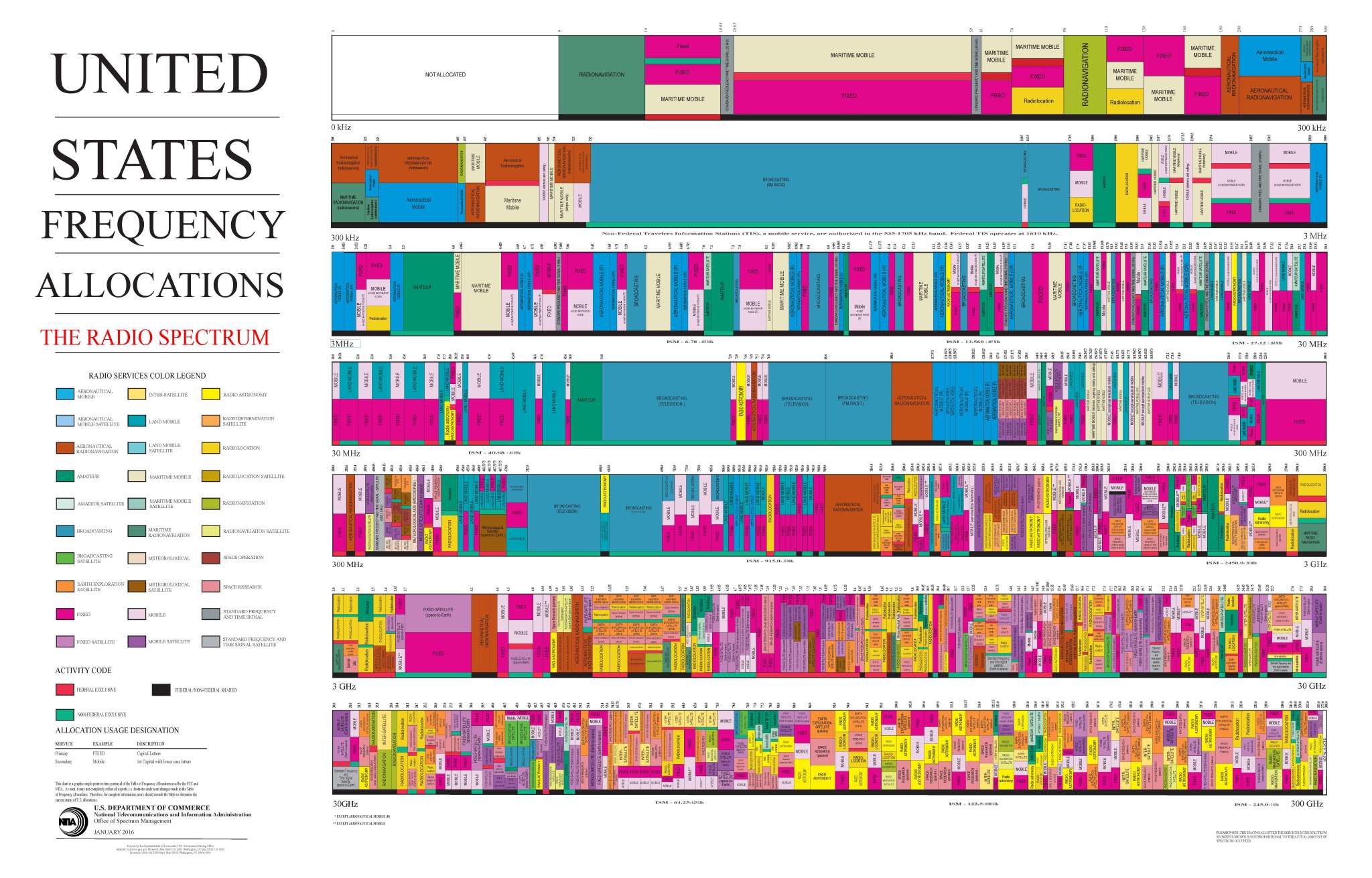Electromagnetic (EM) spectrum is the valuable, and limited, natural resource that all NASA missions and most operations require for communications, navigation, and data services in the areas of Earth science, space science, human space exploration, and aeronautical research. The visible light that comes from a lamp and the radio waves that come from a radio station are two types of EM radiation that make up the electromagnetic spectrum. While NASA uses nearly every single component of the spectrum in one way or another, virtually every endeavor by the agency requires communications or data transfer via the radio spectrum.
This week, the International Telecommunication Union (ITU), a United Nations specialized agency for information and communication technologies, celebrated the 110th anniversary of the Radio Regulations. Well before satellites came into existence in the 1950’s, the 29 countries of the 1906 International Radiotelegraph Conference gathered in Berlin, Germany to sign the International Radiotelegraph Convention. This convention established the principle of compulsory intercommunications between vessels at sea and land. Over the intervening 110 years, EM spectrum technologies and regulations have changed dramatically to include a vast array of communication technologies from mobile telephony and radar to satellites and other space applications.
The spectrum of radio communications is used for all forms of wireless communication including cellular telephones, radio and television broadcasting, GPS position locating, aeronautical and maritime radio navigation, and satellite command and control. Within the spectrum, there are a limited number of frequencies, and at any given time and place, one use of a frequency precludes its use for any other purpose. The growing popularity of radio-based technologies requires that the radio spectrum be used efficiently and managed through the oversight of radio frequency spectrum use to prevent users from harmful interference while allowing optimum use of the spectrum. The limited nature of the spectrum and increased demand also means that NASA must share certain frequencies within the spectrum with other users. However, because multiple users cannot transmit radio signals at the same frequencies, at the same time in the same direction, shared use of a particular frequency must also be closely coordinated and managed.
NASA’s Agency Spectrum Management Office is responsible for ensuring the protection of the EM spectrum currently used by the NASA and obtaining EM spectrum certifications and authorizations for NASA missions in coordination with the National Telecommunications and Information Administration (NTIA) and the Federal Communications Commission (FCC). The Agency Spectrum Management Office, representing NASA, along with delegates from more than 150 nations meet every three to four years at World Radiocommunication Conferences (WRCs). WRCs are held by the ITU to review and revise the Radio Regulations, which is a treaty governing the use of EM spectrum, defining frequency allocations, and refining the mechanisms by which use of EM spectrum by satellites is coordinated.
NASA’s participation and collaboration with the NTIA, FCC, and ITU ensures that existing missions are protected from interference and that sufficient bandwidth is available for future missions. Today and in the coming years, NASA’s missions demand highly reliable communications to explore the solar system and beyond and to support technology development for scientific and aeronautical research as well as human exploration on the Journey to Mars.
The Space Communications and Navigation (SCaN) Program Office manages the Agency Spectrum Management Office, which represents NASA both nationally and internationally, in order to coordinate with other government and non-government entities considering EM spectrum regulations. Nationally, the office coordinates with NTIA and FCC on policy issues and regulations. Internationally, the office coordinates with the ITU as well as other civil space agencies.




























